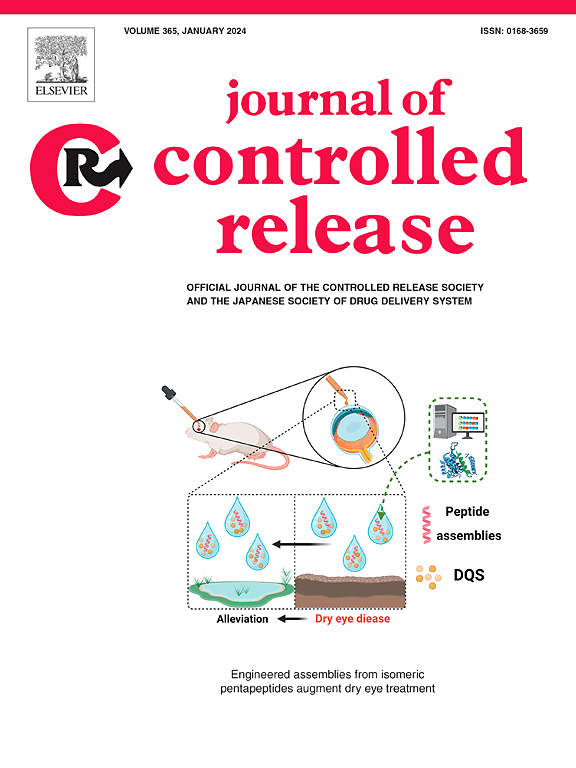Efficacy and safety of ultrasound combined with microbubbles for treating retinal artery occlusion in rats
IF 10.5
1区 医学
Q1 CHEMISTRY, MULTIDISCIPLINARY
引用次数: 0
Abstract
Retinal artery occlusion (RAO) is an eye emergency that results in severe and permanent visual impairment. The effectiveness of conventional treatment on retinal artery recanalization and vision improvement is uncertain. Ultrasound combined with microbubbles (USMB) technology is a minimally invasive transvascular drug delivery technique that has been used to investigate the treatment of stroke, myocardial infarction ,and obstructive vascular disease. The aim of this study was to investigate the efficacy and safety of USMB in the treatment of RAO. RAO model was induced by photochemical thrombosis. Normal rat eyes were treated with ultrasound at different mechanical index (MI) of 0.2,0.4 and 0.8, to explore its safety. RAO rats were randomly divided into RAO group, RAO + USMB group and RAO + US (Ultrasound) group to explore the effectiveness of the USMB in the treatment of RAO. A set of relevant ophthalmic in vivo imaging techniques was used to explore the natural history of RAO model rats while assessing tolerance and efficacy to USMB treatment. We found that blocked retinal arteries recanalized within 4–24 h in the RAO model. Retinal edema peaks within 4–24 h and resolves within 3–7 days. Blood flow density (BFD) began to recover 4 h after model induction. USMB did not cause irreversible retinal damage when the MI was below 0.4. Treatment with USMB at an MI of 0.2 significantly reduced retinal edema in RAO rats 1 day after model induction and prevented further retinal atrophy. In addition, USMB significantly increased BFD in RAO rats within 4 h and promoted the recovery of visual function. USMB can be a safe and effective treatment for RAO with protective effects on the neuroretina.

求助全文
约1分钟内获得全文
求助全文
来源期刊

Journal of Controlled Release
医学-化学综合
CiteScore
18.50
自引率
5.60%
发文量
700
审稿时长
39 days
期刊介绍:
The Journal of Controlled Release (JCR) proudly serves as the Official Journal of the Controlled Release Society and the Japan Society of Drug Delivery System.
Dedicated to the broad field of delivery science and technology, JCR publishes high-quality research articles covering drug delivery systems and all facets of formulations. This includes the physicochemical and biological properties of drugs, design and characterization of dosage forms, release mechanisms, in vivo testing, and formulation research and development across pharmaceutical, diagnostic, agricultural, environmental, cosmetic, and food industries.
Priority is given to manuscripts that contribute to the fundamental understanding of principles or demonstrate the advantages of novel technologies in terms of safety and efficacy over current clinical standards. JCR strives to be a leading platform for advancements in delivery science and technology.
 求助内容:
求助内容: 应助结果提醒方式:
应助结果提醒方式:


